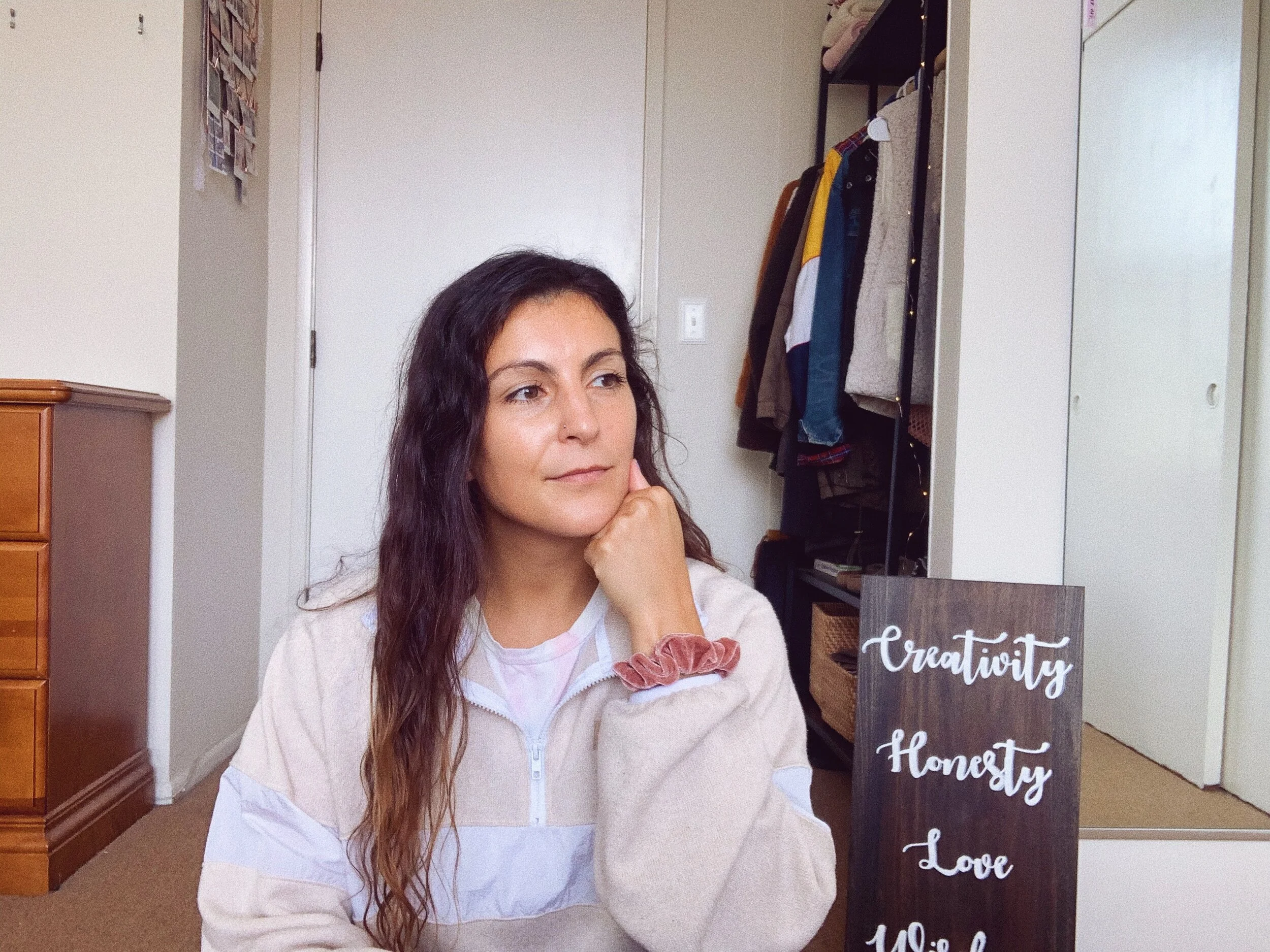On asking better questions
Published: Monday, August 3rd
I think learning how to ask better questions is not only an important skill that you need to learn as a designer to do your job, but it’s an important skill that can help you excel in life.
Asking better questions seems simple but it can actually be quite challenging in practice. Naturally, we may think we are good at asking questions but if we are quick to make assumptions then our questions can be clouded with misinformation making it hard to get to the root of any problem or confrontation.
Let me give you an example. Last year, while I was catching up with a friend, she told me a really interesting story from her life. She, like many of us at times, had felt misunderstood in a pretty big way.
She told me how she was walking alone in the middle of the day in sunny San Francisco, when she saw a couple of people up ahead of her, sitting at bench with their dog. Frightened of dogs, she crossed the street to avoid walking by. As she walked by, now on the other side of the street, the group of people started yelling at her calling her racist. The group of people with the dog were African American. She was horrified that they thought she crossed the street because of them, when in reality, it was because they were with a dog.
If only they had asked why did she crossed the street instead. A question that would have been much more open ended. If we were to look at this from a problem/solution stand point, trying to solve for racist behavior is very different than solving for a fear of animals.
As someone who’s grown up in the United States and has grown up around many dogs, this sort of fear is just not something that I think of or can fully understand. My friend did not grow up in the US so it could be that her experience with dogs is different than mine because we grew up in very different places. Maybe she had a specific experience with dogs in her life that was traumatizing for her that’s shaped this fear. Either way, with the right questions, this could have been a really good opportunity in empathy, that was instead left misunderstood.
This story has really stuck with me. It reminds me how important it is to step out my personal experiences when trying to understand issues. It's so important to get to the root issue before starting to ideate on solutions.
It is often true that some of the most complex problems have very simple solutions. When it comes to asking better questions, the simplest place to start is really just asking why, over and over and over again.
Why is an open ended way to understand and learn.
Like in life, it’s important to take this lens of curiosity with us when it comes to solving product design problems too. It’s a combination of quantitative and qualitative data that helps us understand the what and the why. An important combo for solving problems.
If the data shows people are not completing a specific task, is it because…
The product is broken
They don't know how to use the product
They misread the instructions
They don’t want to follow the instructions
Unless you talk to people and ask why, you won't be able to fully understand the problem and therefore won't be able to help improve their experience.
I’d recommend reading the article How to ask good questions from designthings.fun as it provides examples of how to write good questions.
That’s all for now my friends. Stay healthy and practice happy!
